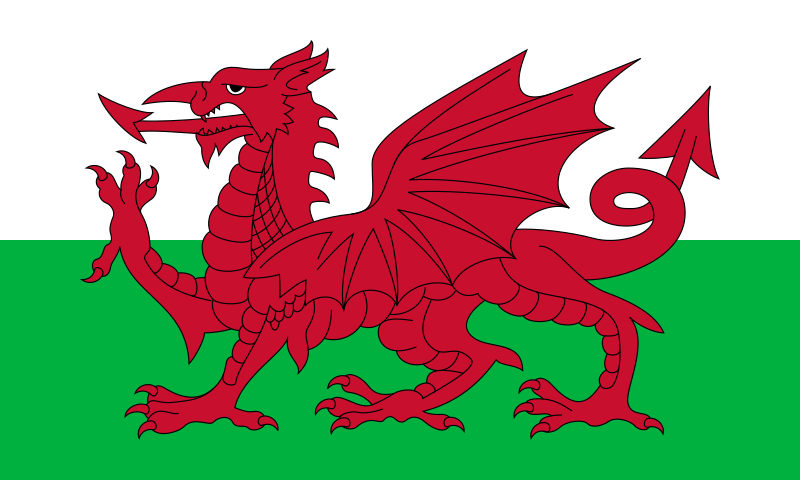Sarah Arnold<p>A brief <a href="https://beige.party/tags/Introduction" class="mention hashtag" rel="nofollow noopener noreferrer" target="_blank">#<span>Introduction</span></a> or actually, re-introduction post. </p><p>I'm Sarah. I'm an entomologist. I work at Niab in the UK, studying insects important in fruit crop production. This includes <a href="https://beige.party/tags/Pollinators" class="mention hashtag" rel="nofollow noopener noreferrer" target="_blank">#<span>Pollinators</span></a> like bees and hoverflies, as well as natural enemies of pests, and the pests themselves.</p><p>Most of my work is on UK crops like <a href="https://beige.party/tags/Apples" class="mention hashtag" rel="nofollow noopener noreferrer" target="_blank">#<span>Apples</span></a> and <a href="https://beige.party/tags/Strawberries" class="mention hashtag" rel="nofollow noopener noreferrer" target="_blank">#<span>Strawberries</span></a> but I also have an area of work on entomology in <a href="https://beige.party/tags/Cocoa" class="mention hashtag" rel="nofollow noopener noreferrer" target="_blank">#<span>Cocoa</span></a> (there are a lot of parallels with orchards really!).</p><p>I'm always happy to infodump enthusiastically about <a href="https://beige.party/tags/SolitaryBees" class="mention hashtag" rel="nofollow noopener noreferrer" target="_blank">#<span>SolitaryBees</span></a>, <a href="https://beige.party/tags/Forcipomyia" class="mention hashtag" rel="nofollow noopener noreferrer" target="_blank">#<span>Forcipomyia</span></a>, <a href="https://beige.party/tags/Cacao" class="mention hashtag" rel="nofollow noopener noreferrer" target="_blank">#<span>Cacao</span></a> cultivation, <a href="https://beige.party/tags/Strawberry" class="mention hashtag" rel="nofollow noopener noreferrer" target="_blank">#<span>Strawberry</span></a> varieties, and also about hamsters.</p>
Recent searches
No recent searches
Search options
Only available when logged in.
toot.wales is one of the many independent Mastodon servers you can use to participate in the fediverse.

We are the Mastodon social network for Wales and the Welsh, at home and abroad! Y rhwydwaith cymdeithasol annibynnol i Gymru, wedi'i bweru gan Mastodon!
Administered by:
Server stats:
676active users
toot.wales: About · Status · Profiles directory · Privacy policy
Mastodon: About · Get the app · Keyboard shortcuts · View source code · v4.3.7
#forcipomyia
0 posts · 0 participants · 0 posts today
Sarah Arnold<p>Cocoa is especially <a href="https://sciencemastodon.com/tags/pollinated" class="mention hashtag" rel="nofollow noopener noreferrer" target="_blank">#<span>pollinated</span></a> by <a href="https://sciencemastodon.com/tags/Ceratopogonidae" class="mention hashtag" rel="nofollow noopener noreferrer" target="_blank">#<span>Ceratopogonidae</span></a> midges, particularly the genus <a href="https://sciencemastodon.com/tags/Forcipomyia" class="mention hashtag" rel="nofollow noopener noreferrer" target="_blank">#<span>Forcipomyia</span></a>. However...lots of other insects of similar size may play a role. This could include thrips, gall midges, fruit flies, etc. Gall midges are particularly common on cocoa plantations.</p><p>But Forcipomyia respond to the odour of <a href="https://sciencemastodon.com/tags/cocoa" class="mention hashtag" rel="nofollow noopener noreferrer" target="_blank">#<span>cocoa</span></a> flowers, and have hairy bodies that cocoa pollen clings to, so they can carry more grains than many other flower visitors. So it's likely that they're most efficient.</p>
ExploreLive feeds
Mastodon is the best way to keep up with what's happening.
Follow anyone across the fediverse and see it all in chronological order. No algorithms, ads, or clickbait in sight.
Create accountLoginDrag & drop to upload


